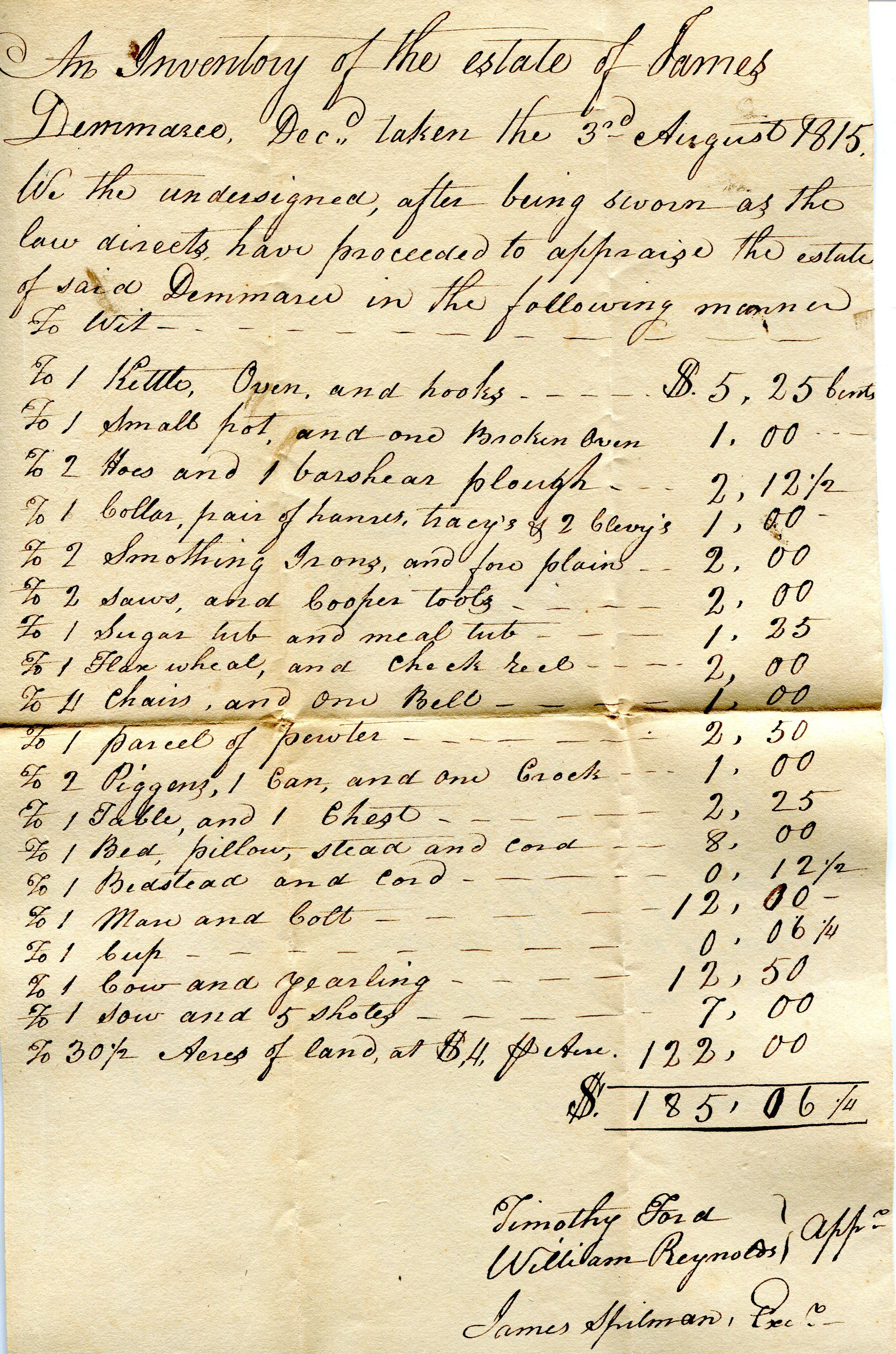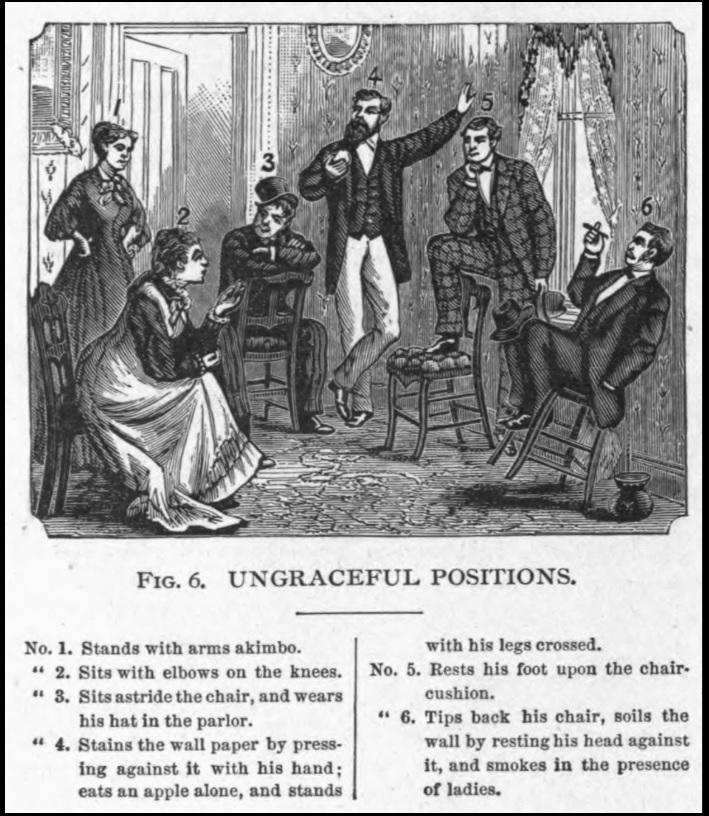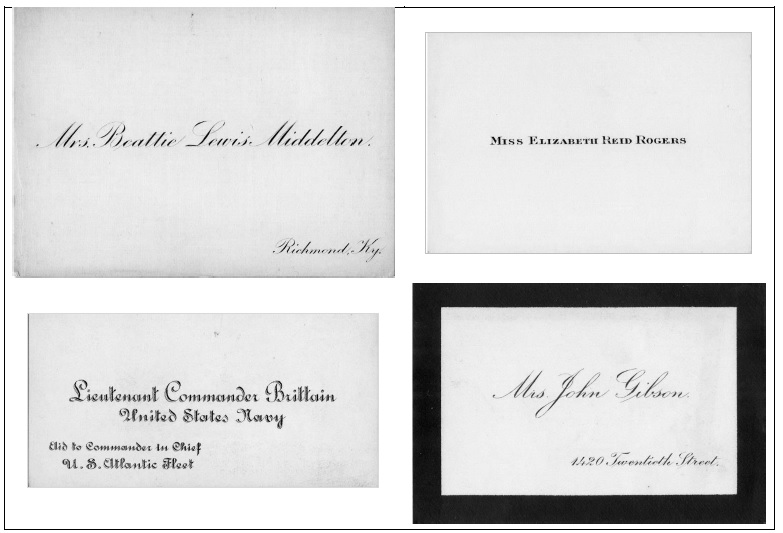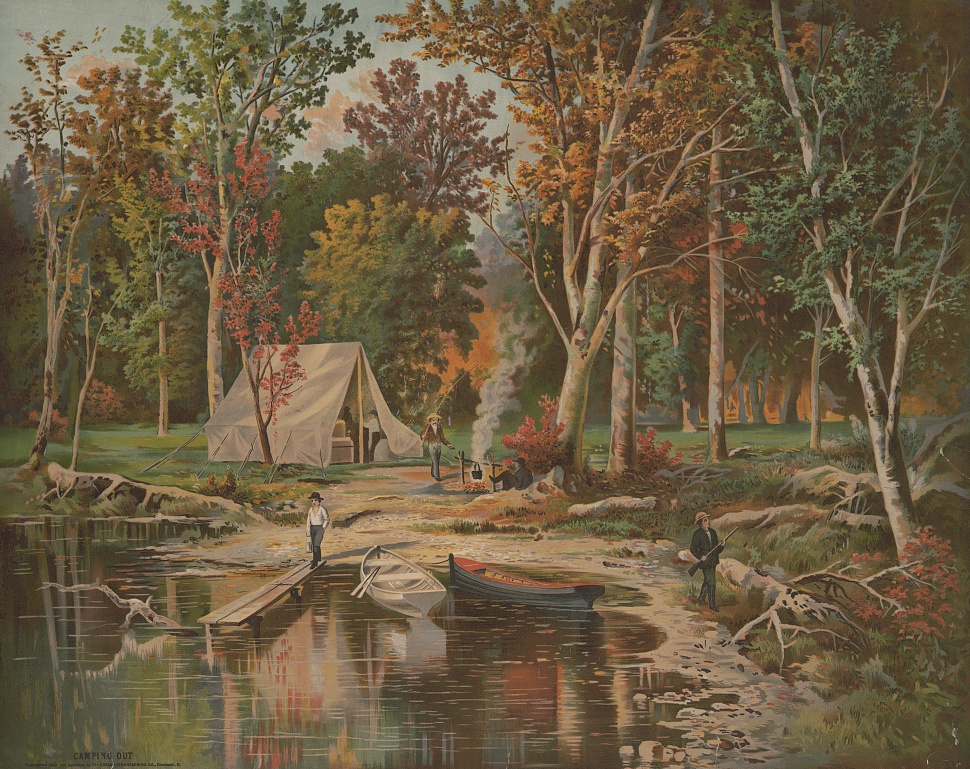How do historians recreate the daily lives of average people in the past? What primary sources exist to tell us how regular people worked, cooked, slept, or played? Historical estate or probate inventories provide many clues to answers these questions.
Estate inventories are lists of the belongings of a person made after his or her death. These legal documents value the deceased person’s estate for taxes, are used to divide the property among the heirs, or to sell the property to settle outstanding debts. This process is administered by a probate court. Since the Middle Ages, church or secular authorities in Europe and America appointed appraisers to make probate inventories. Today, executors still compile a list of the deceased person’ assets and distribute the assets to creditors or the heirs of the estate.
These primary sources help historians recreate the daily lives of historical households. Standards of living, poverty and wealth, and social classes in a community can be studied. Historians also can see the transitions from a pre-industrial or frontier to an industrial or settled community using information from inventories. Sometimes the appraisals listed items room-by-room. These detailed lists provide clues about the functions of various rooms, the items in those rooms, and the activities that took place in different areas of the house and its outbuildings.
Estate inventories, wills, and other probate court records are public documents. Visit your local county court archives or ask your local historical society to determine the local of historical estate inventories and wills in your community. In Kentucky, these records are in the archives of the County Court Clerk. In some cases, the earliest records may have been moved to a central state archive. Many transcribed inventories are also available on the internet (see additional resources below).
Choose inventories from several different historical eras to examine change over time. Ask for photocopied or digital scans of the original documents. Students may struggle with the archaic handwriting and various spellings of common words. Encourage students to search the internet or the Oxford English Dictionary for the meaning of words like piggin, noggin, hooks/pothooks, or single tree and clevy/clevice/clevis, (go to this site and scroll to the bottom learn about trees and clevis). Reading estate inventories provides a glimpse into life in the past and the challenges faced by historians.

This is a digitally scanned image of an appraisal, or estate inventory, recorded Kentucky in 1802. Moses Hiatt was probably born between 1775 and 1780, married in 1796, and died in his twenties in 1802. Hiatt lived in Garrard County, Kentucky, an area of the state first settled in the 1770s before the Revolutionary War. Kentucky became the fifteenth state in 1792, ten years before Hiatt’s death.
Select the image for a larger, detailed view.
The complete set of surviving appraisal documents for his estate includes a record of the sale of each item and the person who bought it. His widow, Isabella, purchased the most of the items listed in the appraisal. When compared to the appraisals of other estates in same area, the estate of Moses Hiatt was modest. But Moses Hiatt died in his twenties and likely would have accumulated more belongings over a lifetime. On the frontier, the challenges of long distance travel meant families of average means had few of manufactured items that were available and affordable in cities and ports.
The Moses Hiatt estate inventory is one of the primary source documents featured in Investigating Family, Food, and Housing Themes in Social Studies.
More primary sources for daily life:
- To learn more about historical probate records – How to Read Probate Records
- On this website, 17th century inventories from Massachusetts are transcribed.
- This index has transcribed examples of 19th century Virginia room by room inventories.
- This website has additional information and ideas for using probate inventories in the classroom




Wow – very interesting. I’ll use this in my U.S. History class.